I was so excited to be invited to attend the first joint detection dog conference between CNCA (California Narcotics Canine Association) and NACSW (National Association of Canine Scent Work) in San Diego, CA! This has been in the planning stages for quite awhile as I recall chatting with a couple of our K9NW Judges about it after a trial about a year and a half ago. They wanted to know if we thought our folks would be interested in a collaboration with their organization’s annual conference. Oh yeah! 🙂
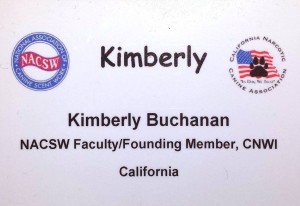 Along with about 170 other NACSW participants we listened to several respected professionals in the field of K9 Detection. We learned about the details of the working K9 selection process (Frank Romano), wildlife conservation (Steve Austin), choosing the right dog for the job (Amy Herot), nutrition for the working dog (Dr. Jill Cline), K9 Olfaction (Mel English) and variable surface tracking (Joe Oberding). What a great combination of presenters! Aside from a few minor modifications what we heard were the same presentations the Law Enforcement attendees heard earlier in the week. I will take what I learned and apply it for my students to reinforce their training. Much of it also resonated with me personally for my own competition sport dogs in many different ways.
Along with about 170 other NACSW participants we listened to several respected professionals in the field of K9 Detection. We learned about the details of the working K9 selection process (Frank Romano), wildlife conservation (Steve Austin), choosing the right dog for the job (Amy Herot), nutrition for the working dog (Dr. Jill Cline), K9 Olfaction (Mel English) and variable surface tracking (Joe Oberding). What a great combination of presenters! Aside from a few minor modifications what we heard were the same presentations the Law Enforcement attendees heard earlier in the week. I will take what I learned and apply it for my students to reinforce their training. Much of it also resonated with me personally for my own competition sport dogs in many different ways.
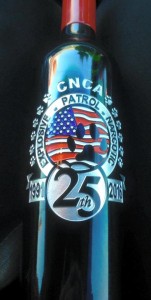
Professional Detection Dogs are bred and selected for their genetics and innate talents. They come with characteristics that predispose them to excel in a world where lives matter. Many dogs are tested and only the very best enter a program. Different agencies have different needs, depending on the type of work they do. Each relatively “green dog” who is selected to be a professional must be ready to deploy in a matter of weeks! The training must be well thought out with a systematic and measurable approach with a Handler who must also make the grade. The Dog-Handler team must pass certification in order to remain a team and on the job. That’s a lot of pressure!
If you think of the variety of dogs and handlers we have in our K9 Nose Work programs, it’s truly amazing that our dogs can do the same things these professional dogs do! We just have the luxury of time and patience to learn what our dogs have to teach us. We often start with a blank slate and have to figure out how to get our companions up to the point where those professional “green dogs” start. When our competition judges give their critiques and compliment our Dog-Handler teams for the work that they see, they truly mean it! I heard recently that one of the “big dogs” in the professional world feels that through our NACSW training many of our top handlers could take a working K9 and perform the job as well as the professionals. Now THAT’S a compliment! 🙂
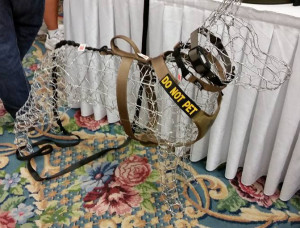
It’s important for us as Instructors and Handlers of our own dogs to understand why we do what we do. To hear professional Detection Trainers speak the same language and embrace the same principles we do is reinforcing for the methodology we employ! I had a fabulous time getting to better understand the professional worlds of K9 Detection Dogs and am reinvigorated in my own training as well as that of my students. I feel honored that we at NACSW were invited to team with the CNCA organization and am anxiously looking forward to next year!
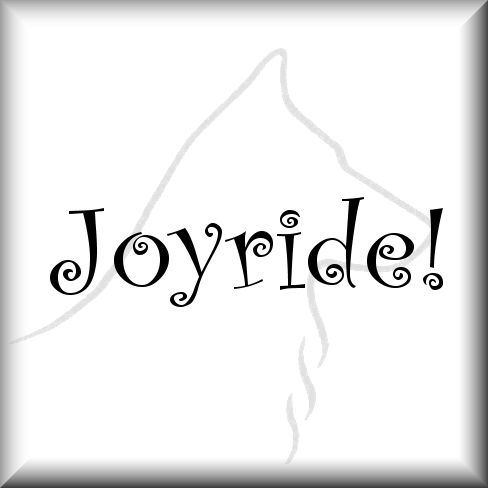
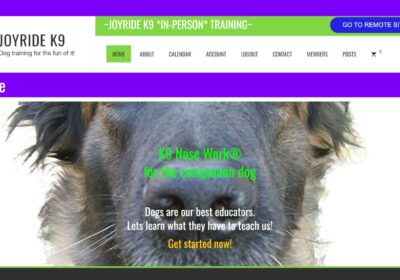
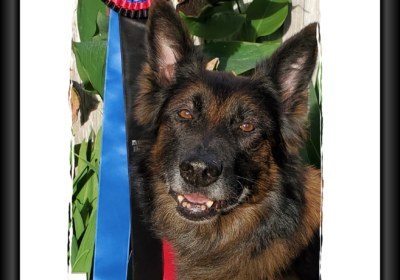
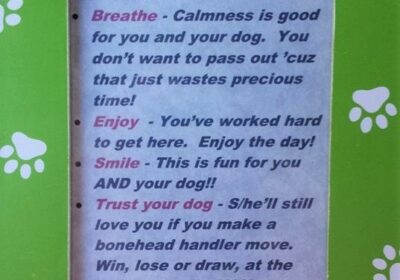
Thanks for sharing with us!
Tell us more. This was like getting just one bite of cheesecake … or only one glass of wine.
LOL! Holly, MUCH of the training theories and application they use were exactly what WE use for NW and for other training so it was reinforcing to know this. Their needs are obviously different but they use motivation for the dogs, consider the task, shape some behaviors and have a great understanding that timing is critical.
There has been a big shift in the past few years by some LE to embrace a more positive approach to working with the dogs. They did not talk about the compulsion component. Because of the range of topics I could internalize quite a bit more because of my OTHER sports and there were a lot of important nuggets to help my sport dogs.
My head is spinning, really, but what it told me is that we are on the right path. The talk regarding tracking, for instance, will help me with my tracking but some of the information will assist in NW (temperature, moisture) – things we know but were reinforced. The talk on nutrition and conditioning is SPOT ON what I needed for my working dogs but it can also assist with NW dogs (dogs need to be conditioned to work properly, how much to feed, what to feed, etc. – and it depends!).
I’m not able to regurgitate 2 days worth of presentations but there was a lot of good information that I need to go back through so I can pull out the parts I can use now and for once I will likely consult my notes for many weeks and months to come! 🙂
I’d love to hear more about the nutrition aspect, what to feed, how much, etc. I’m wondering if it correlates with the research of a few years ago indicating more fat & less protein helps improve detection dogs’ sniffers. Research was by Cornell Univ.
Where to start… ????
*Dogs are 1.5x likely to detect odor if fed a diet high in corn oil.
*Dogs need more Omega 6 than Omega 3
*Saturated fat (Coconut oil) decreases smelling ability (but good for the brain)
*Physical conditioning is better than any fat source for detecting odor
*Quality not quantity of protein, digestibility 85%+
*Protein 22-30% (if digestible)
*Fat 17-28%
*Carbs 10-43%
*Feed 1/3 meal 3-4 hrs before exercise, balance at end of day (if activity is food-based, no need for early meal)
*Dogs fed a snack, wait 30 min to train = better learning,
@ 90 minutes no difference
I’m not going to embellish any of the above (my head will explode) but that’s the type of thing we were learning about. 🙂
Wow…. that is awesome information!!!!! Thank you, Kim. Gail McCarthy posted something last year regarding the Air Force and how they trained their dogs. Did you see that?
No, I didn’t? There was a lot more to it, I just spit that out from my notes but I am going to look further into those things (and a lot more) because I really need it for my French Ring competitions when the dogs are out on the field for 20-30-45 minutes at a time. The part about conditioning as the single most important thing for a dog to be able to detect scent was big, tho’.
Conditioning … as in building stamina or nutrition or both?
I would guess the whole package.
Wow Kim! What a great opportunity and thank you for sharing. I look forward to more as your head quits spinning. Smile.